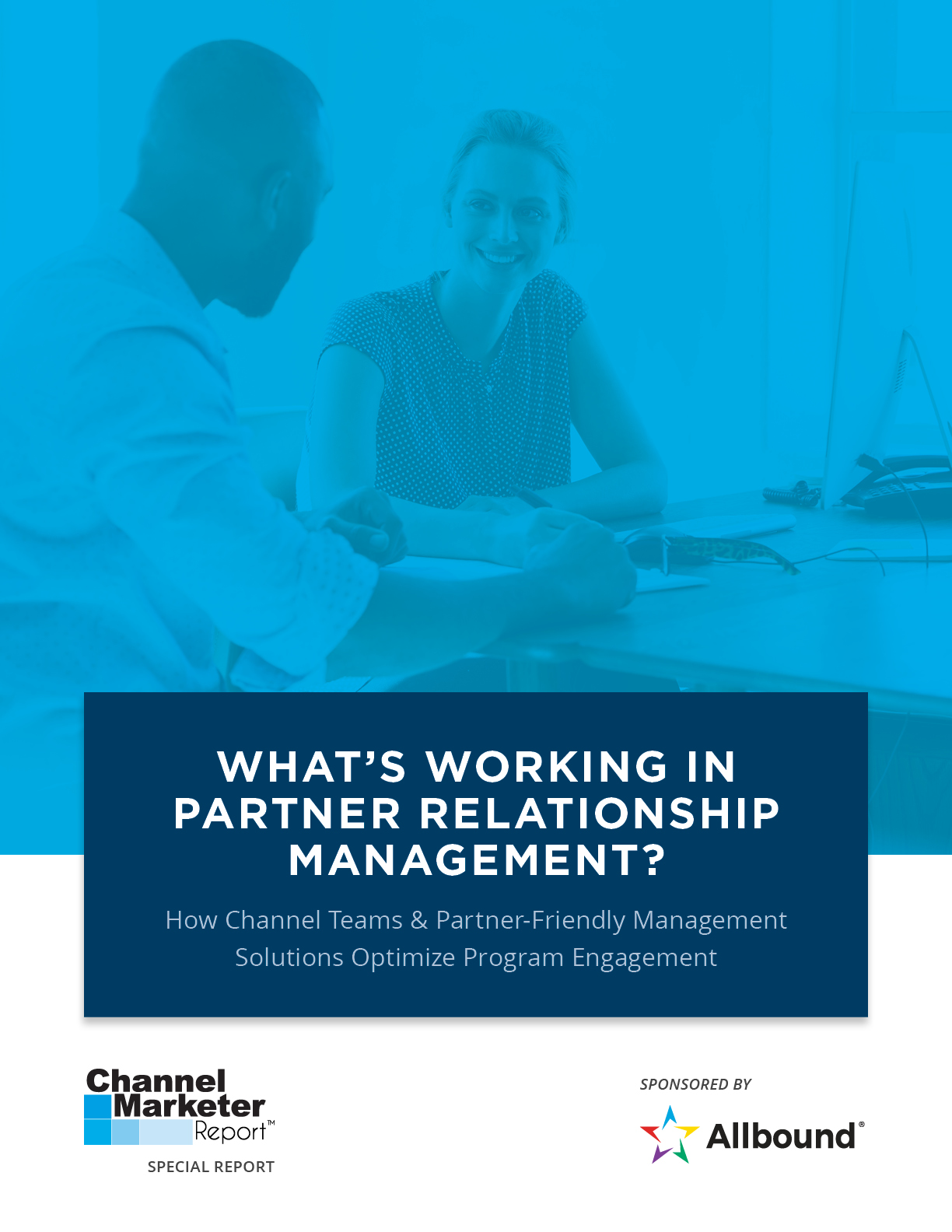Topics
To Build Strategic Partner Ecosystems That Drive Growth, Start Here
Theresa Caragol, CEO at AchieveUnite
As we think about the next era of business growth, strategic partner ecosystems are imperative. All companies must rely on their partner ecosystems for scale, customer experience, and diversification.
Building an ecosystem is more than just adding partners to your home page. It requires trust, collaboration, and business alignment. In fact, there’s a whole science behind building mutually beneficial partner ecosystems, which we call Partner LifeTime Value, a powerful combination of strategy and investment. It leverages Your People, Your Partners, and Your Program.
Variety Is The Spice of Life
Research shows partner ecosystems are growing because of their direct joint value. According to Channel Marketer Report, more than 80% of respondents will increase their number of channel partners – and nearly 70% of those surveyed plan to increase financial investments in channel program support to achieve the goals set for their expanded channel ecosystems.
As you expand your partner ecosystems, it is essential that you build trusted relationships with a diverse partner set (not necessarily a large one) that together deliver a more robust business solution for your customers.
The number of partners your ecosystem requires depends on the organization. Remember, more isn’t necessarily better. It’s the relationships – not the volume of partners – that lead to success.
Winning and retaining partners can be challenging due to the time commitment that is involved in nurturing these relationships. Most organizations are simply spread too thin to focus significant attention on large partner organizations. That’s why it’s important to choose selectively, based on aligned priorities, and commit resources to growing these relationships.
Well-aligned partnerships are pure gold. These relationships give your organization – and your portfolio – credibility, new and deeper access to and with customer accounts, and can drive product adoption and expansion. On the flip side, a poorly nurtured partnership – or one that’s a force-fit – can negatively affect the health of your businesses.
The Fundamental Ingredient

Once you identify the right partner(s) for your business, the next step is building on your trusted relationships up and down, and across, your organizations. This means building trust at the individual level (Channel Chief to Channel Chief, PAM to PAM, etc.) as well as at the intra- and inter-organizational level with business partners, strategic alliances, transactional alliances, suppliers, and customers.
In an era of increased complexity, added business risk, and broad uncertainty, forming trusted partnerships opens doors for increased innovation and a higher return on investment. It’s that important.
Answer The Three Ps
What are some practical ways to build and maintain trusted and mutually beneficial partnerships? The answer lies in the 3 Ps.
- Purpose: Take the time to understand why a partner exists. Be curious and ask your partner questions about their personal and professional goals, and then take the time to align your strategy with these goals.
- {Super}Power: When we understand and know how to tap into the superpower of our partners, magic happens. Spend time considering the {super}power that makes the partner invaluable in their market and then design a strategy that enhances this power.
- Product: To build an effective go-to-market strategy, you need to understand a partner’s products or services and get creative! Consider the repeatable offerings that make one plus one equal more than three.
Once you understand the partner’s purpose, {super}power, and product, consider your role, and how you can ensure partnering success.
As ecosystems continuously grow and evolve, the organizations that build trusting partnerships and work to optimize Partner Lifetime Value are the companies of the future.
Theresa Caragol is the Founder & CEO of AchieveUnite Inc., a strategic partner performance consulting & education firm for global companies.










